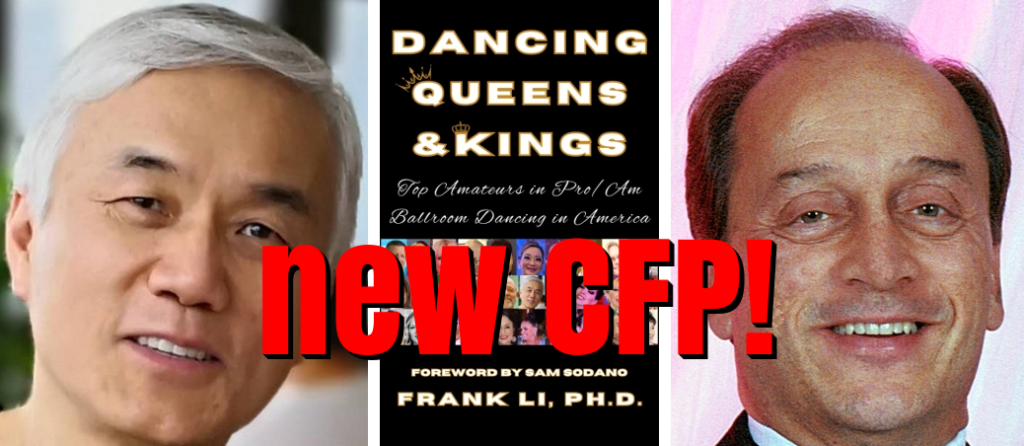This article focuses on what we are paying attention to in the next 48 to 72 hours. The article also includes weather maps for longer-term U.S. outlooks (up to four weeks) and a six-day World weather outlook which can be very useful for travelers.

First the NWS Short Range Forecast. The afternoon NWS text update can be found here after about 4 p.m. New York time but it is unlikely to have changed very much from the morning update. The images in this article automatically update.
Short Range Forecast Discussion
NWS Weather Prediction Center College Park MD
Wed Nov 13 2024
Valid 12Z Wed Nov 13 2024 – 12Z Fri Nov 15 2024
…Atmospheric River brings heavy coastal rain and high-elevation mountain
snow to the Pacific Northwest and northern California Wednesday…
…Showers and thunderstorms will bring locally heavy rainfall to the
Lower Ohio, Tennessee, and Mississippi Valleys Wednesday, with the risk
for some scattered flash flooding in Louisiana and Mississippi…
…Above average temperatures continue for much of the central U.S. and
Gulf Coast states while colder air moves into the Northeast and the West…
Heavy lower elevation rain and high elevation mountain snow continues in
the Pacific Northwest this morning as a Pacific frontal system and
associated plume of moisture/Atmospheric River move inland over the
region. Precipitation coverage will expand southward into northern
California through the day Wednesday, with favorable upslope locations
along the coastal ranges and Cascades seeing locally heavy rainfall with
an isolated risk for flooding. Precipitation will also spread inland with
the front into the northern Rockies/Great Basin bringing rain and a wintry
mix to lower elevations and more snow to higher elevations in the local
mountain ranges. Precipiation chances across the region will continue into
Thursday, though with more moderate amounts expected as the moisture
flowing in from the Pacific wanes.
Gulf moisture flowing northward ahead of a low pressure/frontal system
over the Mississippi Valley will help trigger a broad area of showers and
thunderstorms today stretching from the Midwest/Great Lakes south through
the Ohio, Tennessee, and Lower Mississippi Valleys. Greater and deeper
moisture content closer to the Gulf as well as some marginal instability
will bring the threat for some locally heavy downpours producing a few
inches of rain for the Lower Ohio, Tennessee, and Lower Mississippi
Valleys, where a Marginal Risk of Excessive Rainfall (level 1/4) is in
effect for some isolated flash flooding. A targeted Slight Risk (level
2/4) has been introduced from central Louisiana northeast into central
Mississippi where higher confidence in greater rainfall rates and very wet
antecedent conditions from prior heavy rainfall events may lead to a few
more scattered instances of flash flooding. The system will continue
eastward on Thursday, bringing shower and thunderstorm chances to the
Upper Ohio Valley, Appalachians, and the Carolinas/Southeast, while
lingering across the Great Lakes. Some more moderate to locally heavy
rainfall totals are most likely across the central/southern Appalachians
and Carolinas where precipitation will be enhanced by a second frontal
boundary lifting northward from the Gulf. The rest of the country will
remain mostly dry.
Much of the central U.S. and Gulf Coast states continue to see above
average high temperatures by around 5-15 degrees this week. Forecast highs
Wednesday and Thursday range from the 40s and 50s in the Great
Lakes/Midwest; 50s in the northern Plains; 50s and 60s in the central
Plains, Middle Mississippi Valley, and Ohio Valley; the 70s for Texas and
the Lower Mississippi Valley, and the 80s along the Gulf Coast and into
Florida. Frontal passages and generally unsettled weather along the East
Coast and in the West will keep temperatures cooler and more seasonable in
these areas. Forecast highs range from the 30s and 40s in New England, the
40s and 50s in the Mid-Atlantic, and the 50s and 60s from the Carolinas
south into Georgia. In the West, highs Wednesday are in the 40s and 50s
for the Pacific Northwest and Interior West, the 60s in California, and
the 70s in the Desert Southwest. Temperatures will moderate for eastern
interior areas on Thursday as upper-level ridging builds northward, with
highs climbing into the 50s and 60s for the Rockies and Four Corners
Region, and the 80s for the Desert Southwest.
To get your local forecast plus active alerts and warnings click HERE and enter your city, state or zip code.

Learn about wave patterns HERE.
Then, looking at the world and of course, the U.S. shows here also. Today we are looking at precipitation.

Please click on “Read More” below to access the full Daily Report issued today.


![[Image of rainfall potential]](https://www.nhc.noaa.gov/storm_graphics/AT19/refresh/AL1924INTQPF+gif/053133INTQPF_sm.gif)









